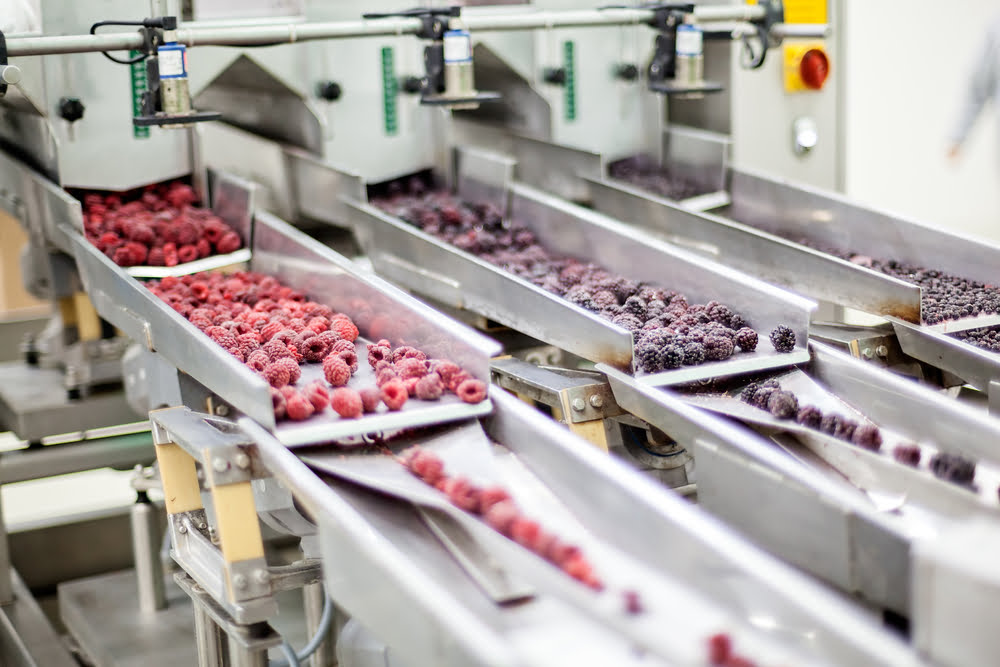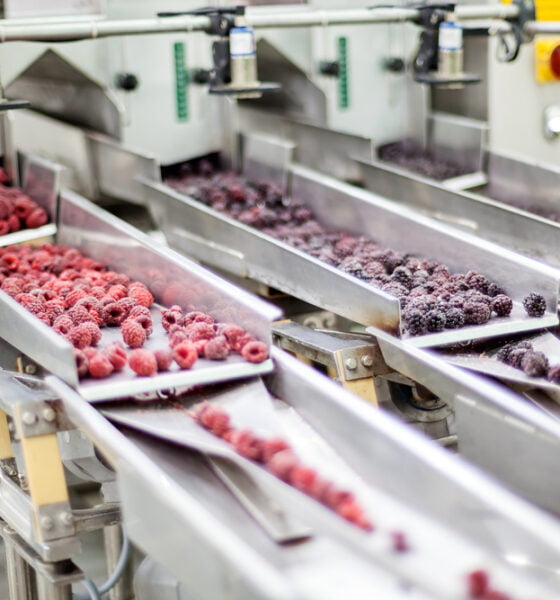

Features
A Greener Way to Manufacture Your Food Products
In an age where environmental concerns are more pressing than ever, the food manufacturing industry is at a crossroads. Traditional food production methods have long been associated with substantial resource consumption, greenhouse gas emissions, and waste generation. But as our planet faces the challenges of climate change and resource depletion, the push for sustainable and eco-friendly practices in the food manufacturing sector has never been more urgent.
So, what does a greener way to manufacture food products entail, and how can it benefit both the planet and consumers?
Sustainable Sourcing
One of the fundamental principles of a greener food manufacturing approach is sustainable sourcing. This entails choosing ingredients that are not only nutritious and flavorful but also environmentally friendly. More and more food companies are embracing local, organic, and seasonal ingredients, a move that has far-reaching positive impacts. By sourcing ingredients locally, companies reduce their carbon footprint, as they no longer need to transport raw materials across vast distances. The reduced emissions associated with transportation alone can significantly contribute to a smaller environmental footprint.
Organic farming practices are another pivotal aspect of sustainable sourcing. Organic farming methods promote healthier soil, reduce the use of harmful pesticides and fertilizers, and foster biodiversity. They also support a more sustainable food supply chain. Regenerative agriculture, which goes beyond organic farming by actively restoring and regenerating the land, is gaining traction in the industry. By sequestering carbon and preserving biodiversity, regenerative agriculture offers a holistic approach to reducing the environmental impact of food manufacturing.
Waste Reduction
Food waste is a global challenge. According to the Food and Agriculture Organization of the United Nations, roughly one-third of all food produced for human consumption goes to waste. Greener food manufacturing processes address this issue head-on by implementing innovative solutions to minimize waste at every stage, from production to distribution.
Efficient inventory management is a cornerstone of waste reduction. By optimizing the use of ingredients and reducing overproduction, manufacturers can significantly cut down on food waste. Additionally, by embracing the principles of the circular economy, where waste is minimized and resources are continually reused, companies can find new ways to repurpose food by-products, further reducing waste.
Energy Efficiency and Sustainable Packaging
A greener way to manufacture food products also involves a focus on energy efficiency. Manufacturers are increasingly investing in technologies that use less energy, such as energy-efficient machinery and production processes. Solar panels, wind turbines, and other renewable energy sources are becoming commonplace in food manufacturing facilities, helping to reduce the industry’s carbon footprint.
Sustainable packaging is another critical element. Excessive packaging and single-use plastics have long been a source of concern for environmentalists. To address this issue, manufacturers are exploring alternatives like biodegradable and compostable materials, as well as more efficient packaging designs that use fewer resources. By embracing sustainable packaging solutions, manufacturers can reduce waste and appeal to environmentally conscious consumers.
Equipment and Components
Every detail counts in the quest for greener food manufacturing, even down to the choice of equipment and components. This includes the adoption of environmentally conscious technologies and materials like tri-clamp fittings. Tri-clamp fittings are known for their efficiency and cleanliness, making them a popular choice for the food industry. Their aseptic design not only ensures a secure connection but also minimizes the risk of contamination, reducing the need for excessive cleaning and waste. By integrating such innovative fittings, manufacturers can enhance their sustainability efforts, proving that even the smallest components can play a significant role in the journey toward a greener food manufacturing industry.
A greener way to manufacture food products is not just a trend; it’s a necessity. As the world faces the challenges of climate change and resource scarcity, the food manufacturing industry must adapt. Sustainable sourcing, waste reduction, energy efficiency, and sustainable packaging are essential components of this transformation. By embracing these principles, food manufacturers can reduce their environmental footprint, appeal to eco-conscious consumers, and contribute to a more sustainable future for all. The time to embrace greener food manufacturing practices is now, and the benefits are far-reaching, encompassing both the health of our planet and the well-being of consumers.


 Environment10 months ago
Environment10 months agoAre Polymer Banknotes: an Eco-Friendly Trend or a Groundswell?

 Environment12 months ago
Environment12 months agoEco-Friendly Home Improvements: Top 7 Upgrades for 2025

 Features9 months ago
Features9 months agoEco-Friendly Cryptocurrencies: Sustainable Investment Choices

 Features10 months ago
Features10 months agoEco-Friendly Crypto Traders Must Find the Right Exchange





























